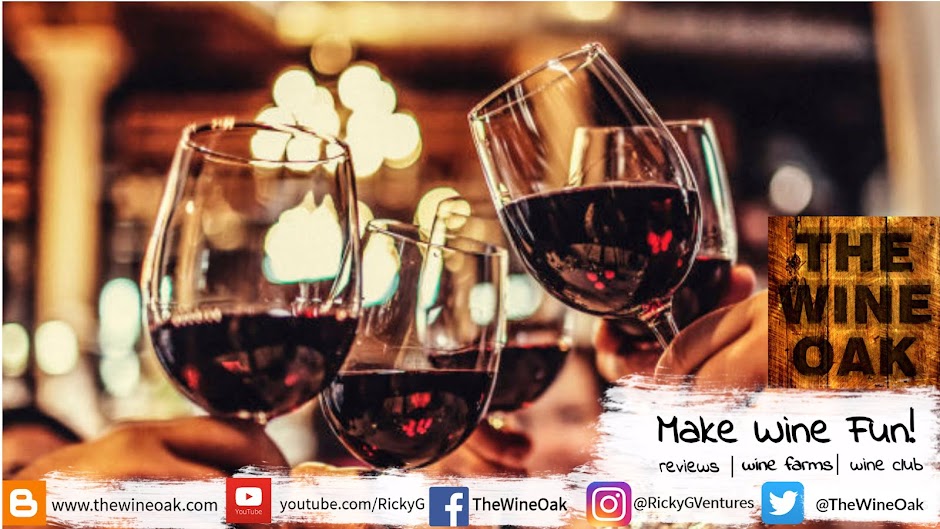I wanted to write a post about sabraging, the history thereof and provide a step by step process of how to do so. It really is a VERY simple, yet impressive, procedure which anyone can accomplish if you follow 3 simple basic steps.
But... last night I came across this old video of mine and thought this is too damn good not to share as I almost wet my pants watching it again! So hence this post! "The how to and history of sabrage" post will follow shortly :)
I have sabraged literally over 50 times, using anything from a butter knife to an ax and done so with great success each and every single time. I don't know what the hell happened here, but there could have been a fault with the bottle. With early bottle designs, they tended to explode and the manufacturers kept making them thicker until they could contain the pressure caused by the release of carbon dioxide during the secondary fermentation.
Or, the bottle was not cold enough. The ideal temperature is between 45-48°F or 7-8°C. Why? It is the pressure and the vibration that will "cut" the glass. A warm bottle has more pressure, which is begging for problems (haha ask me, I have first hand experience). A tip: Don't attempt to chill the bottle using an ice bucket as the most important part of the bottle (the neck area) won't be chilled properly.
So, do not try this at home, but please do enjoy the video!

